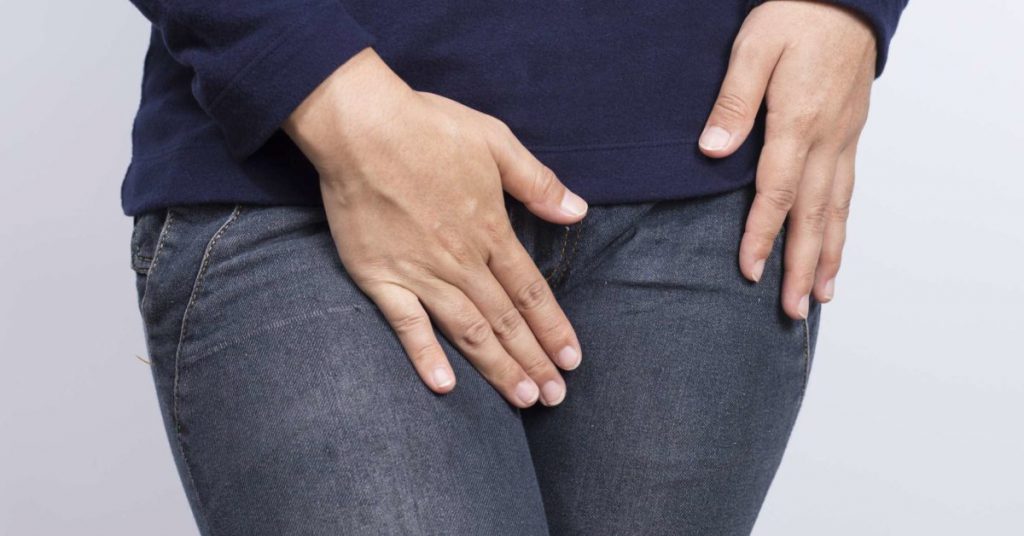
Nội dung bài viết / Table of Contents
This post is also available in: Tiếng Việt (Vietnamese)

Vulvovaginitis is inflammation of your vulva and vagina. It’s also called vaginitis. It’s a common condition — as many as one-third of women will have it during their lifetime. It shows up most often during your reproductive years.
Vulvovaginitis is a common condition that affects women and girls of all ages. Bacterial vulvovaginitis will affect nearly 30 percent of women during their lifetime, according to the Centers for Disease Control and Prevention. Yeast infections are even more prevalent, affecting an estimated 3 out of 4 women during their lifetime. Please discuss with your doctor for further information.
The common symptoms of vulvovaginitis are:
There may be some symptoms not listed above. If you have any concerns about a symptom, please consult your doctor.
If you have any signs or symptoms listed above or have any questions, please consult with your doctor. Everyone’s body acts differently. It is always best to discuss with your doctor what is best for your situation.
Many triggers can cause an infection in the vagina and vulval areas. The most common cause is bacteria. The following can also cause vulvoganitis:
Bacteria
Certain bacteria can multiply and can cause vulvovaginitis. These bacteria include Streptococcus, Gardnerella, and Staphylococcus. A bacterial infection can cause a grayish-white discharge that smells fishy.
Yeast
One of the most common causes of vulvovaginitis is Candida albicans. This yeast infection can cause genital itching and a thick, white vaginal discharge that is similar to cottage cheese. A yeast infection often follows the use of antibiotics. Antibiotics can kill the antifungal bacteria that normally live in the vagina. This can lead to a yeast infection.
Viruses
Viruses that can cause vulvovaginitis are typically sexually transmitted. These include herpes and human papillomavirus (HPV).
Parasites
Pinworms, scabies, and lice can cause inflammation of the vulva and vagina.
Environmental factors
Poor hygiene and allergens can cause this condition. Tight clothing can rub against the skin and create irritation. Irritated skin is more susceptible to vulvovaginitis than normal skin. Irritation can also delay recovery.
Sexually transmitted infections
The sexually transmitted infection (STI) trichomonas vaginitis can also cause vulvovaginitis. This causes genital discomfort, itching, and heavy discharge. The discharge can be yellow, green, or gray.
It often has a strong odor. Chlamydia, gonorrhea, and herpes can also cause vaginitis. These infections in a child might indicate abuse.
Chemicals
Some chemicals can cause vulvovaginitis. These often appear in the form of soaps, feminine sprays, perfume, and vaginal contraceptives. Common chemicals that can cause an allergic reaction include:
If any of these ingredients are in your soaps or laundry detergent, you may want to switch to a hypoallergenic or fragrance-free brand. This can keep your infection from recurring.
Your risk for contracting vulvovaginitis increases with certain activities that promote infection in the vagina. For example, you risk infection from a sexually transmitted disease by having sex with multiple partners (especially if they have a history of STD’s) or not using a condom.
Also, your risk increases if you practice poor genital hygiene habits, such as neglecting to wash your hands after going to the bathroom or before touching genital areas. Wiping from back to front can also cause an over abundance in the vagina of bacteria typically found in the anus.
Age can be another risk factor, because the lack of the hormone estrogen in menopausal women and girls who have not gone through puberty (prepubertal girls) can thin the walls of the vagina and increase the risk of infection.
Other risk factors include wearing tight clothing, as that can create an environment suited for bacteria or yeast infections; pregnancy; or previous vaginal infections.
The information provided is not a substitute for any medical advice. ALWAYS consult with your doctor for more information.
If you have been diagnosed with a yeast infection in the past and know the symptoms, you can try treatment with over-the-counter products. However, if your symptoms do not completely disappear in about a week, contact your health care provider. Many other infections have similar symptoms.
The provider will perform a pelvic examination. This exam may show red, tender areas on the vulva or vagina.
A wet prep (examining vaginal discharge under a microscope) is usually done to identify a vaginal infection or overgrowth of yeast or bacteria. In some cases, a culture of the vaginal discharge may identify the germ that is causing the infection.
A biopsy (a test of the tissue) of the irritated area on the vulva may be recommended if there are no signs of infection.
Creams or suppositories are used to treat yeast infections in the vagina. You can buy most of them without a prescription at drugstores, some grocery stores, and other stores. Follow the directions that came with the medicine you are using.
There are many treatments for vaginal dryness. Before treating your symptoms on your own, see a doctor who can find the cause of the problem.
If you have BV or trichomoniasis, your provider may prescribe:
Other medicines that may help include:
Be sure to use the medicine exactly as prescribed and follow the instructions on the label.
The following lifestyles and home remedies might help you avoid vulvovaginitis:
If you have any questions, please consult with your doctor to better understand the best solution for you.
Sources: